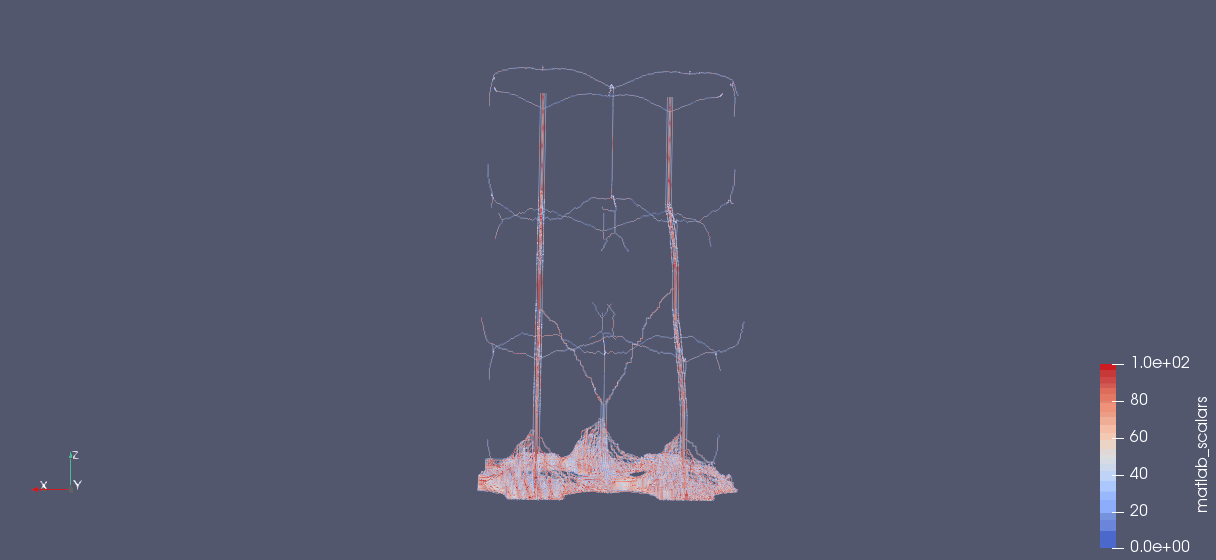Pore Characterization
Description of Pore Characterization work flow
Nanoporous materials are defined as materials having pore less than 100 nm in size which are often comparable to the size of individual molecules.
Nanoporous materials have a series of unique properties, making nanoporous materials useful for industrially important applications such as gas storage, separations, catalysis, et cetera. A vast number of unique nanoporous materials can be synthesized, varying in chemical composition and pore topology. In addition hundreds of thousand hypothetical materials have been computationally predicted and a considerable number of computational screening studies have appeared in the literature that examine the potential of nanoporous materials for a series of applications.
The computed PLDs plotted against benchmark data:
- Accuracy of computation: 0.108 Angstrom



On correcting the aberrant zeo plus plus values with IZA dabase values

On comparing LCD values as additional sanity check

The computed PLDs of the thick and thin slabs for all miller indices for all
iza frameworks.
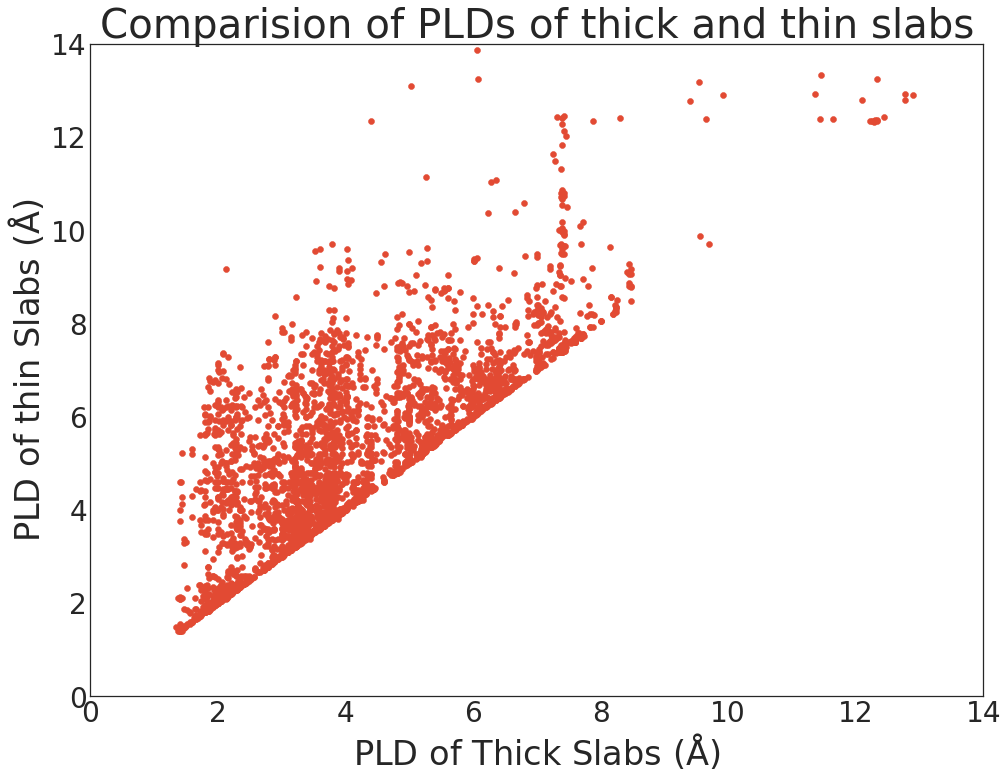
The Pore Structure of SBE accessible to CH4 is visualized as below:

The Pore Structure of DDR is visualized as below:
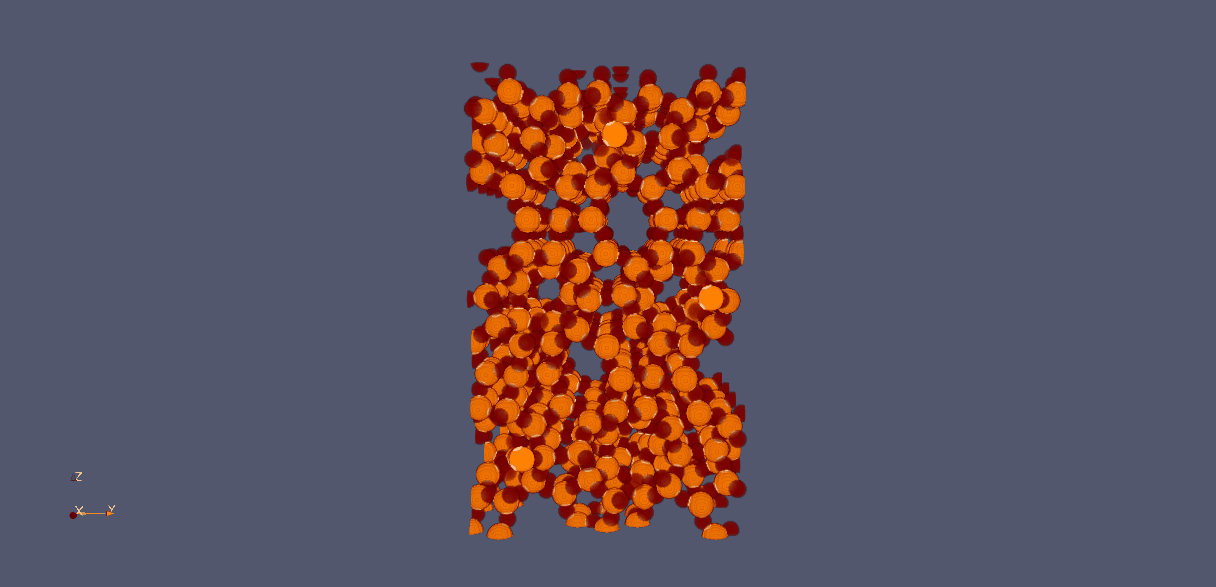
The Pore Structure of DDR accessible by a 1.5A radius probe is visualized as below:

The accessible Pore Volume of DDR accessible by a 1.5A radius probe is visualized
as below:
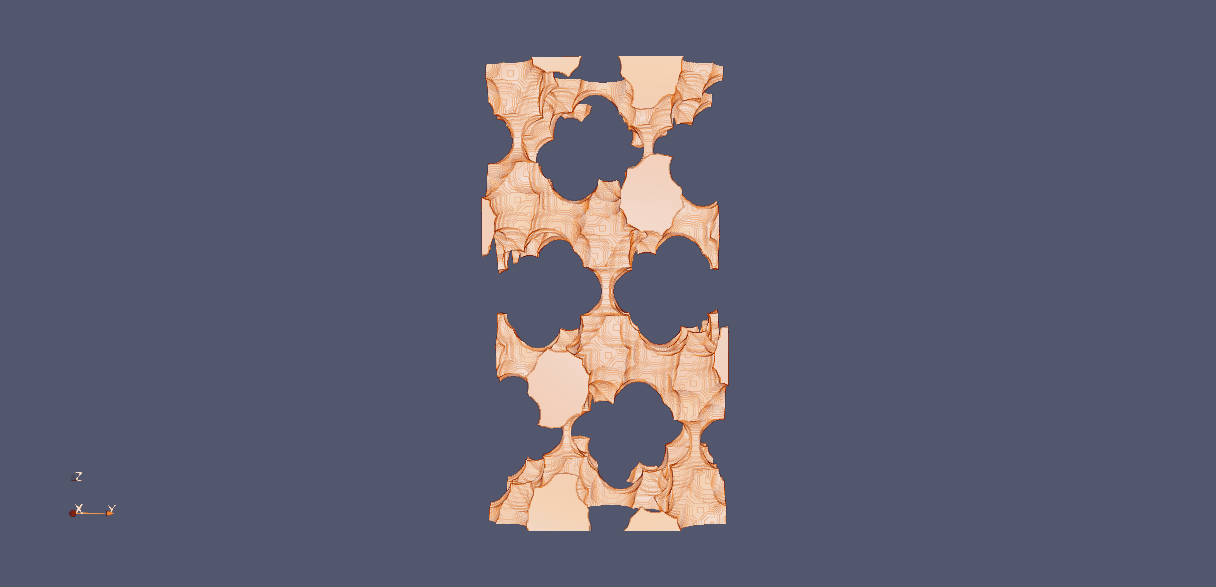
The skeleton of the Pore Structure is visualized as below:
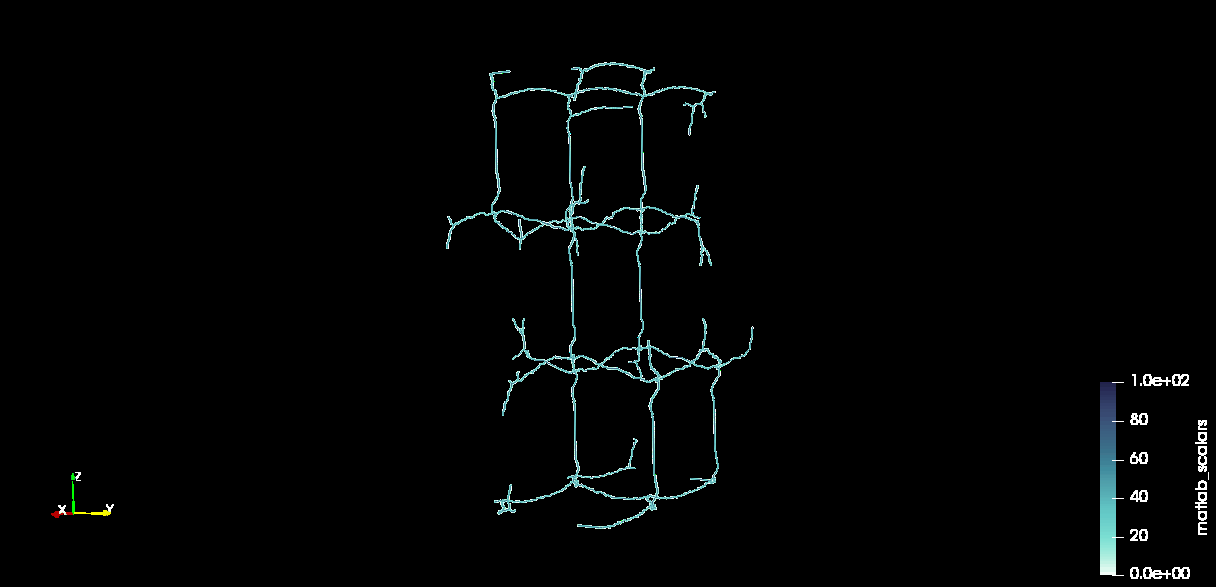
The skeleton of the Pore Structure overlayed on the Pore is visualized as below:

The shortest paths for the probe through the Pore Structure are visualized as below:

The shortest paths for the probe through the Pore Structure are overlayed against the pore skeleton:
